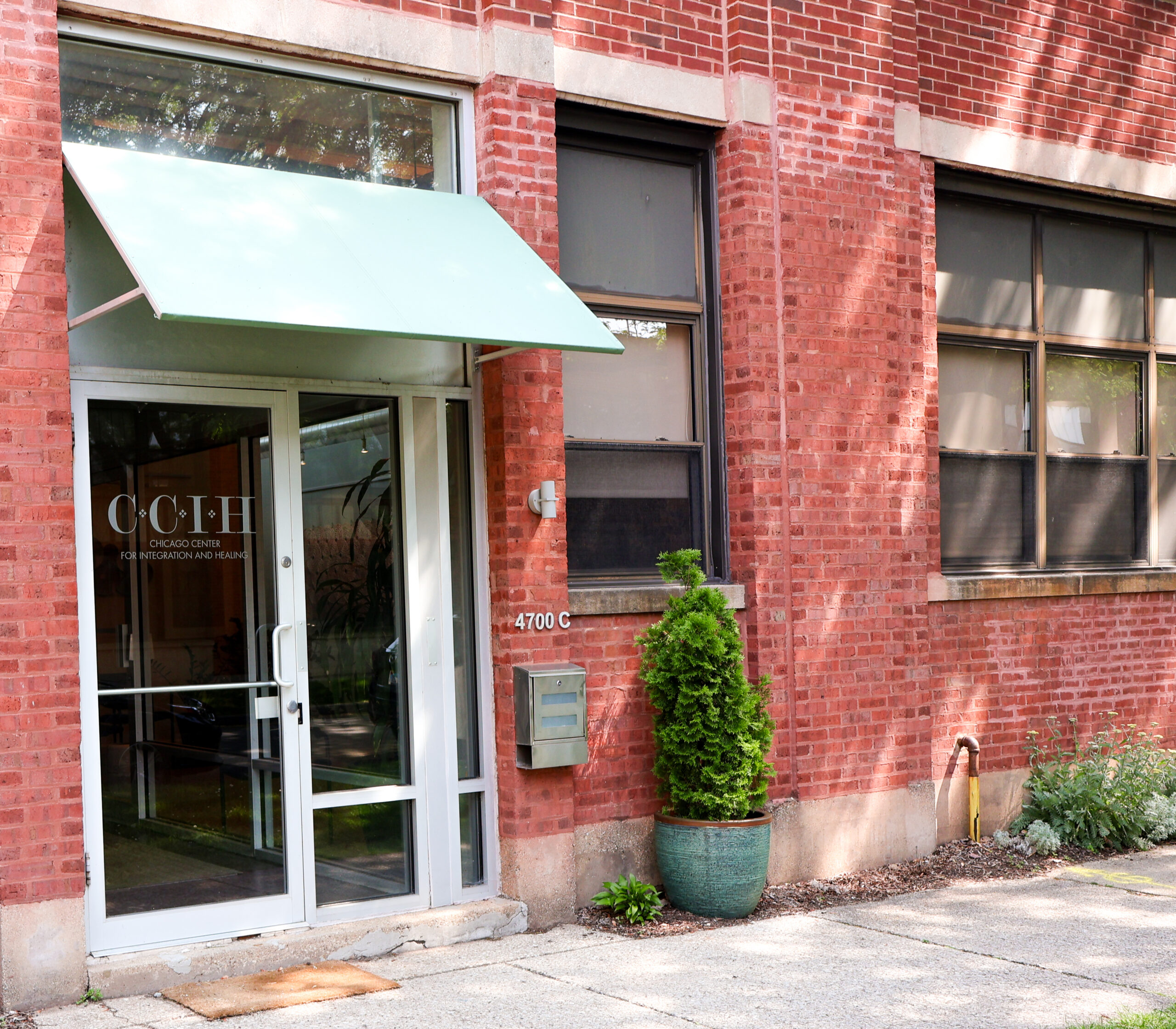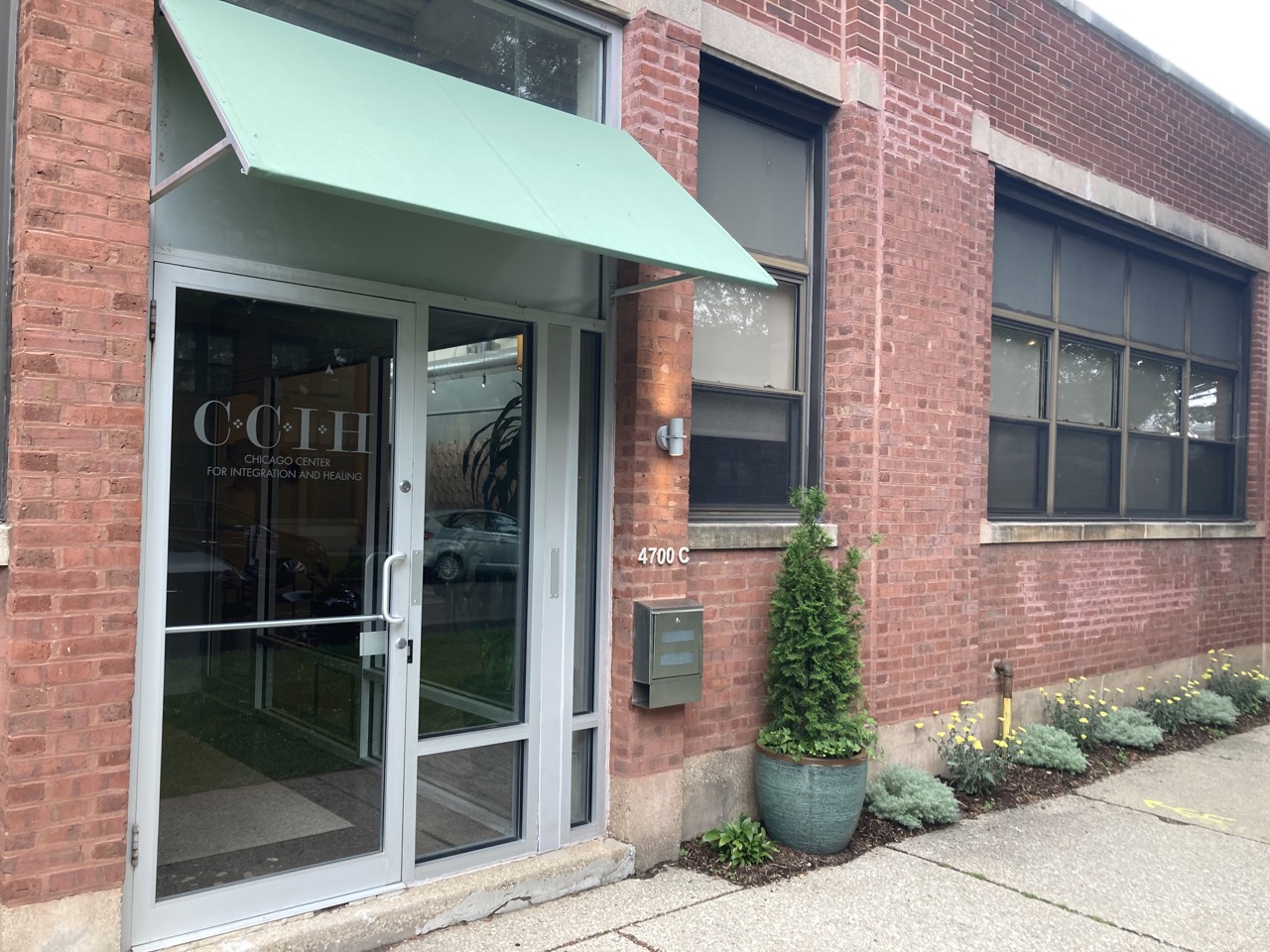According to a survey conducted by the National Institute for Health (2012), “about 25.3 million U.S. adults (11.2%) had pain every day for the previous 3 months” (nccih.nih.gov, Chronic Pain: In Depth, n.d.). Clearly, chronic pain, which NIH defines as pain that lasts for several months and lasts longer than “normal healing” is a very common issue today. Furthermore, for so many of us who have experienced trauma, chronic pain unfortunately becomes an enduring aspect of our experience. An estimated 15-30% of people with chronic pain also have PTSD (Babbel, 2010). This relationship between (psychological) trauma and physical pain is often misunderstood or even overlooked.
One of the reasons why chronic pain can be so difficult to treat is that there are so many different causes and presentations. Persistent pain can start with a physical injury (from sports, exercise, overuse, accidents and many other situations). It can be brought on by aging and degeneration. Pain can also be a co-factor of other illness and/or disability. Psychological and emotional distress can also hasten or exacerbate long-lasting chronic pain.
We end up spending a great deal of time and energy trying to figure out our pain and determine what the best (medical) treatment course will be. Even a moderate amount of pain can make it hard to focus and remain present. Pain makes us worry, increases stress, and lessens our capacity to attend to what is happening with us in the moment. It limits our lives and diminishes our capacity to take part in things we need or want to do. It causes us to look toward the future, wishing for a time when the pain will be gone. But this can make us miss out on many experiences happening now. In turn, so much of dealing with pain becomes the central struggle in our mental and emotional experience.
Certainly, avenues like physical therapy, pain management programs, medications, exercise, muscle activation, massage therapy, acupuncture, chiropractic treatment, surgery, and other interventions can offer varying degrees of relief for many patients. And of course, medical professionals should be consulted when creating a treatment plan. But I want us to consider a different perspective for thinking about chronic pain.
Let’s consider how we experience our pain, or what I’ll call our relationship to our pain. Along with the many types of medical and/or manual interventions mentioned above, part of coping with and healing pain entails opening our awareness to better understand our relationship to the pain. By “getting to know the pain,” we may be able to shift our relationship to it and in turn to be able to participate more fully in our lives.
What does it mean to shift my relationship to my pain? When it comes to chronic pain, our goal is generally to have less of it or to even be rid of it. But how do we accomplish this? Molly Birkholm, yoga instructor and iRest Yoga Nidra teacher, who uses guided meditation (among other techniques) to help clients cope with pain says, “pain exists when we want reality to be different than it is.” We can think of it this way: Pain is an aspect our internal experience clueing us in to a desire to change something about our experience of self and the world. It may be that we want to shift a postural tendency or gait pattern that we’ve been living with for most of our life. It may be our body telling us that we are sitting for too long on a daily basis. If we listen and observe, our bodies have so much information for us. Perhaps the pain in my hips is telling me that I haven’t been grounding fully all the way through my feet. The pain could be a message that a dissociated aspect of my self is calling out to be re-integrated with the rest of my experience. Perhaps there is a traumatic memory lodged into my lower back and nervous system that is longing to be integrated into my personal narrative.
In a recent article in the Journal of Orthopaedic & Sports Physical Therapy, the authors conceptualize low back pain “ as a protective mechanism that emerges in response to perceived threats from multiple domains in the individual context” (Sullivan, et al, p. 935, 2016). Many people who have experienced trauma spend much of their lives perceiving threat. We understand this as a neurobiological response; the previous threat has not been integrated and is therefore experienced as though it’s still happening. These memories live in the body too and can result in many physical symptoms including chronic pain. So it is entirely possible that as we work to integrate aspects of our traumatic pasts into our memory and sense of self we may lessen our chronic pain. Similarly, our work toward integration signals the importance of exploring our pain to learn about and (develop compassion for) the emotional and mental patterns that are exacerbating it.
Trauma informed psychotherapy, as well as Yoga Nidra and other forms of meditation practice, with emphasis on building capacity to mindfully observe our internal experience (thoughts, feelings and sensations) in the present moment, can help us to shift our relationship to our pain, ultimately leading to increased capacity to lead richer more engaged and present-centered lives, and to live this way with less physical pain.








